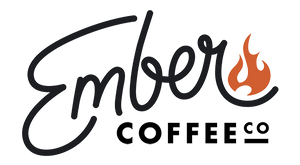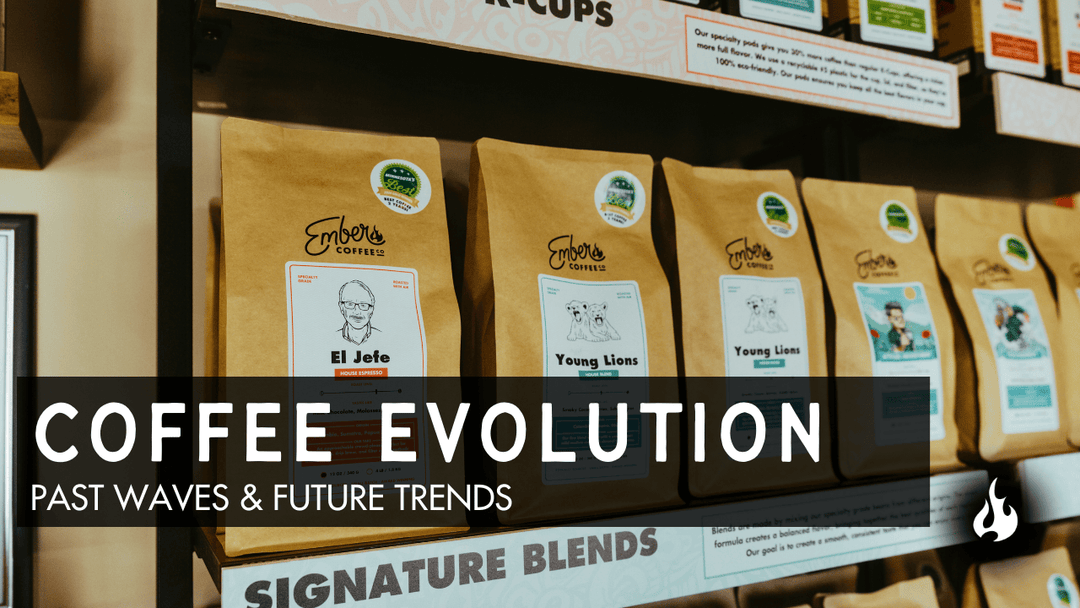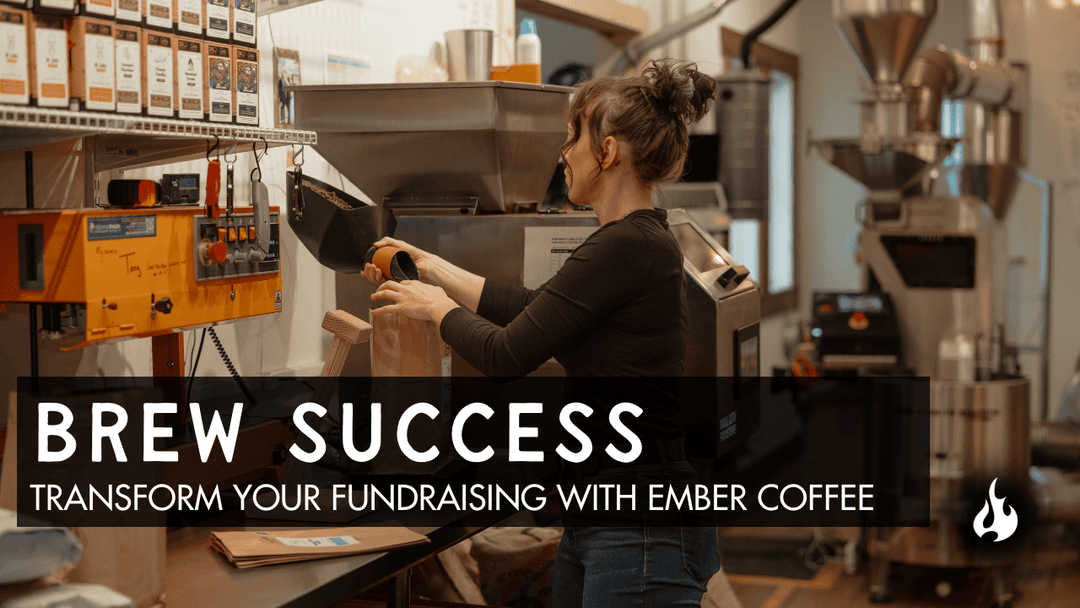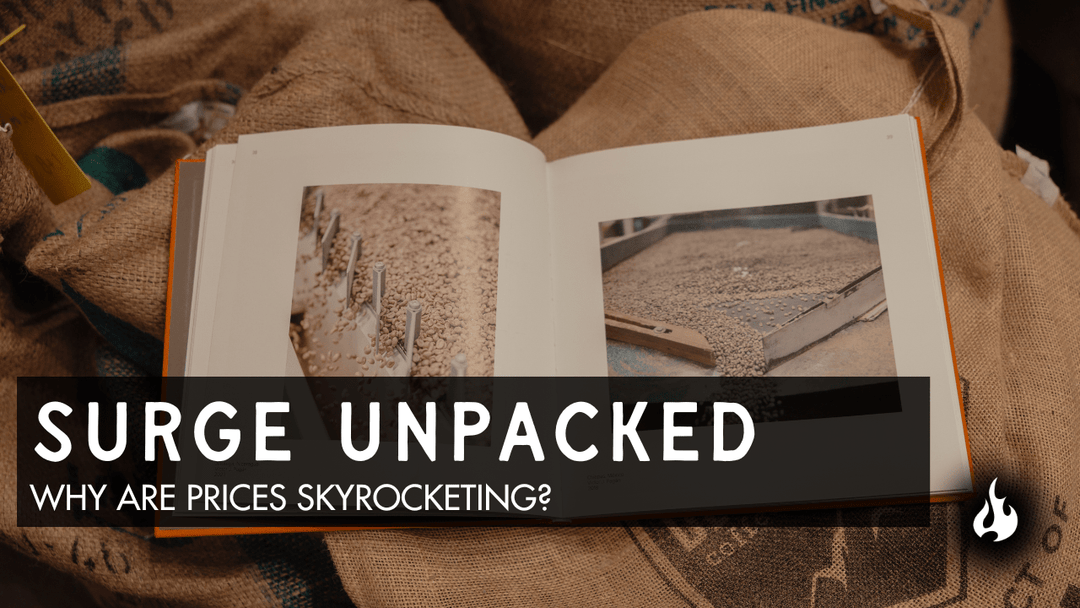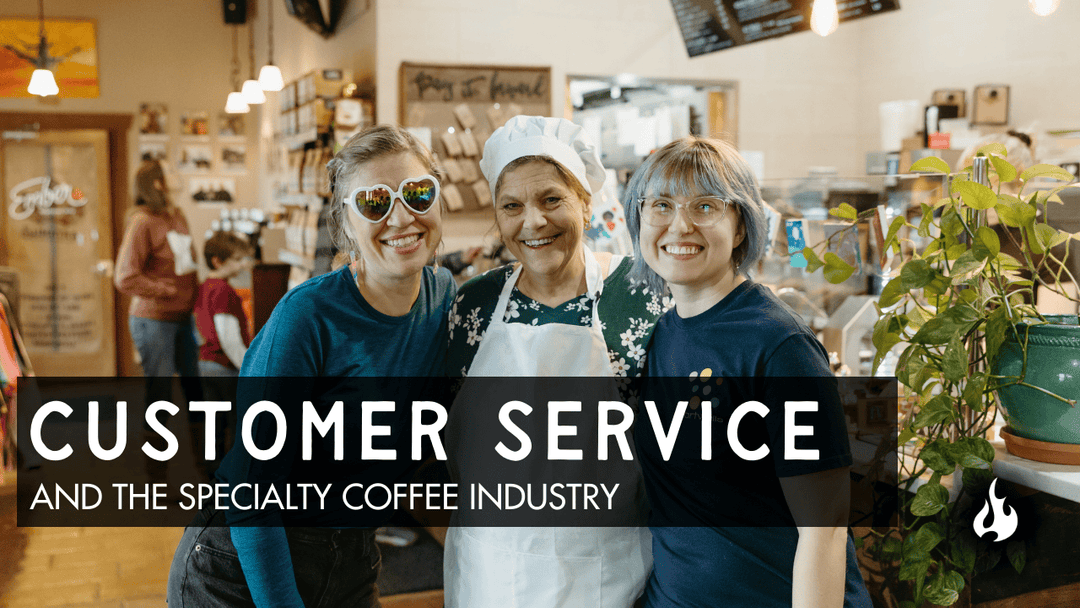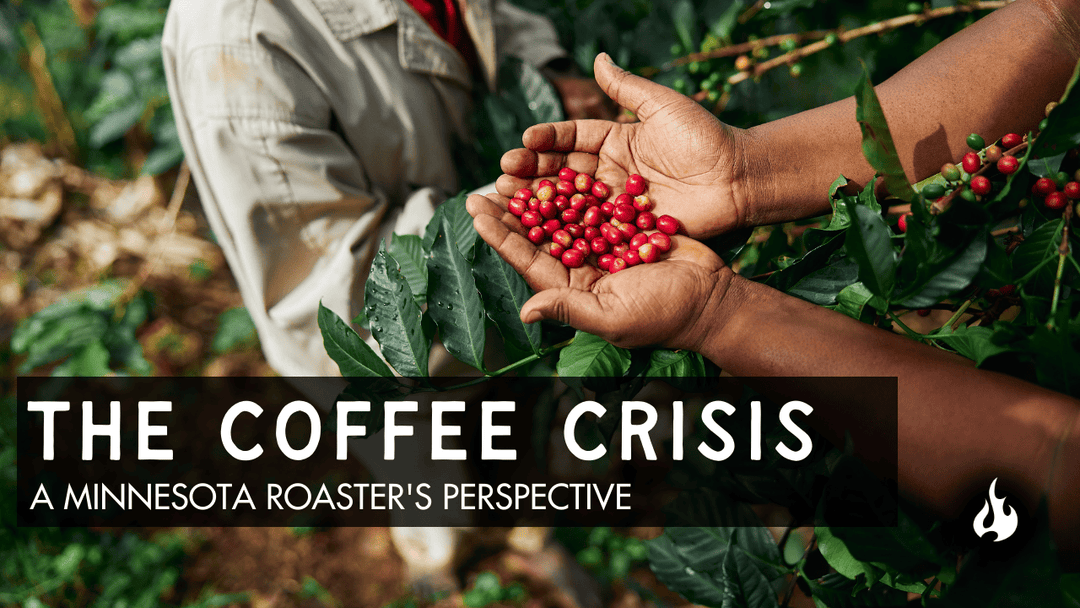Coffee Mold Risks and How Ember Keeps You Safe
Your morning coffee is a ritual. It’s the warm, comforting aroma that fills your kitchen, the rich flavor that energizes your day, and the quiet moment you take for yourself before the world wakes up. But what if that daily cup contained a hidden threat?
Coffee Mold Risks and How Ember Keeps You Safe
Your morning coffee is a ritual. It’s the warm, comforting aroma that fills your kitchen, the rich flavor that energizes your day, and the quiet moment you take for yourself before the world wakes up. But what if that daily cup contained a hidden threat?

Your morning coffee is a ritual. It’s the warm, comforting aroma that fills your kitchen, the rich flavor that energizes your day, and the quiet moment you take for yourself before the world wakes up. But what if that daily cup contained a hidden threat?
Mold contamination in coffee is a quiet but persistent issue that many coffee drinkers are unaware of. These molds can produce harmful compounds called mycotoxins, which pose potential health risks, especially with regular exposure. The problem is most common in mass-produced, improperly stored coffee, where quality control often takes a backseat to volume.
At Ember Coffee, we believe your daily ritual should be pure, safe, and delicious. That's why we take the threat of mold seriously. We've built our process around transparency and quality, ensuring every bag we ship is tested and certified mold-free. This guide will walk you through the risks of mold in coffee and explain how choosing the right roaster can protect your health.

The Threat Lurking in Your Coffee Beans
Coffee beans are an agricultural product, and like any crop, they are susceptible to environmental factors. During harvesting, processing, and storage, especially in humid climates, certain molds can thrive. The two most common culprits found on coffee beans are Aspergillus and Penicillium.
These molds are problematic because they produce mycotoxins, which are toxic substances that can withstand the roasting process. When you consume coffee contaminated with mycotoxins, even in small amounts, you might experience a range of negative health effects, including:
- Headaches and persistent brain fog
- Digestive problems and gut irritation
- Chronic fatigue and a weakened immune system
- Allergic reactions or respiratory issues
Over time, consistent exposure to mycotoxins can contribute to more significant health concerns. While not every cup of coffee from a random bag is teeming with mold, the risk grows significantly when beans are improperly handled, stored in bulk for long periods, and lack rigorous quality oversight.
Where Mold is Most Likely to Hide
Understanding where the risks are highest can help you make a more informed choice for your daily brew. Certain sources are more prone to mold contamination due to their business models and supply chain practices.
Supermarket Coffee
The coffee sitting on a grocery store shelf might have been roasted months, or even a year, before you purchase it. These beans travel across the globe and often sit in large warehouses before reaching the store. This extended timeline, combined with packaging that may not be fully airtight, creates an environment where mold can develop. The focus is on shelf stability and low cost, not on delivering the freshest, purest product.
Drive-Thru and Chain Coffee Shops
Major coffee chains prioritize volume and consistency over the nuanced quality of specialty coffee. They often source cheap, commodity-grade beans that may not have undergone strict quality checks. To mask the stale or bitter taste of lower-quality beans, they rely on sugary syrups, whipped creams, and artificial flavorings. While you might be enjoying a sweet treat, it's nearly impossible to discern the quality—or purity—of the coffee underneath. At best, it's a stale cup; at worst, it could be a source of mold and other residues.

How Ember Coffee Guarantees a Clean Cup
We founded Ember Coffee on the belief that everyone deserves to drink coffee that is pure, flavorful, and safe. Our commitment to quality is woven into every step of our process, from sourcing the beans to the moment they arrive at your door.
Here’s how we protect you from the dangers of mold:
1. Rigorous Third-Party Testing
Transparency is at the heart of what we do. We don't just hope our coffee is mold-free—we prove it. Every single batch of our green coffee beans is tested by an independent third-party laboratory for mold and mycotoxins before we even consider roasting it. If a batch doesn't meet our strict standards for purity, we reject it. It's that simple.
2. A Commitment to Freshness
Mold thrives in stale, stagnant conditions. To combat this, we roast our coffee in small batches every single week. This ensures the coffee you receive is at its peak freshness, minimizing any risk of contamination that comes with long-term storage. When your coffee arrives, it’s ready to be enjoyed immediately, full of vibrant flavor and free from harmful compounds.
3. Superior Air-Roasting Technology
We use a fluid-bed air roaster for all our coffee. Unlike traditional drum roasters that can trap smoke and chaff, our method levitates the beans on a bed of hot air. This ensures a clean, even roast without scorching or trapping residues. The result is a cup that is exceptionally clean-tasting and purely represents the bean's origin.
4. Responsible and Transparent Sourcing
Our commitment to quality starts at the source. We partner with trusted farmers and importers who share our dedication to ethical and sustainable practices. We build relationships based on transparency, allowing us to know exactly how our coffee is grown, harvested, and processed. This careful sourcing helps ensure a high-quality product long before it reaches our roastery.

Your Morning Ritual, Redefined
When you choose a bag of coffee, you're placing trust in the roaster behind it. You trust them with your health, your money, and the quality of your daily ritual. At Ember Coffee, we work hard every day to earn that trust. We refuse to take shortcuts because we believe coffee should be a source of energy and joy, not a health risk.
When you start your morning with Ember, you can feel confident knowing your cup is mold-free, freshly roasted with integrity, and sourced with care. It's not just better-tasting coffee—it's coffee you can feel good about drinking.
Ready to taste the difference? Shop our mold-free, fresh-roasted coffees today.
